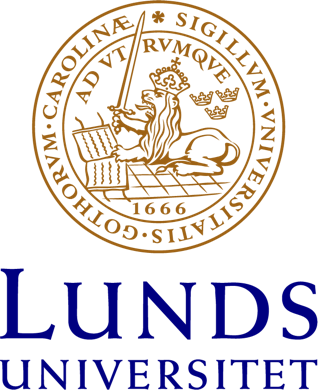Barnet och Frälsningen : Rapport från ett forskningsprojekt på IPS 2011–2012
En populär-teologisk bearbetning av frågor som rör frälsning, försoning, tro, dop och pånyttfödelse ur ett klassiskt pentekostalt/baptistiskt perspektiv och med särskilt fokus på barn och barn-teologi.
